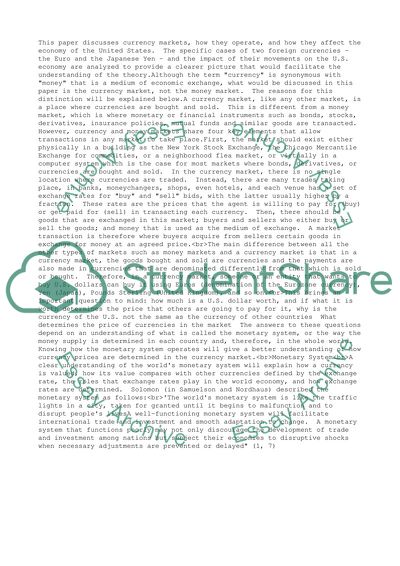Cite this document
(“Currency markets and their effects on the U.S. economy Essay”, n.d.)
Retrieved from https://studentshare.org/business/1513273-currency-markets-and-their-effects-on-the-us-economy
Retrieved from https://studentshare.org/business/1513273-currency-markets-and-their-effects-on-the-us-economy
(Currency Markets and Their Effects on the U.S. Economy Essay)
https://studentshare.org/business/1513273-currency-markets-and-their-effects-on-the-us-economy.
https://studentshare.org/business/1513273-currency-markets-and-their-effects-on-the-us-economy.
“Currency Markets and Their Effects on the U.S. Economy Essay”, n.d. https://studentshare.org/business/1513273-currency-markets-and-their-effects-on-the-us-economy.


